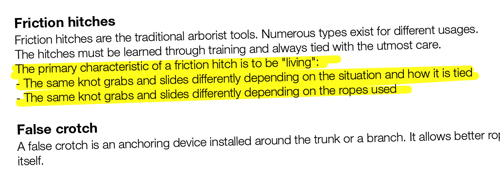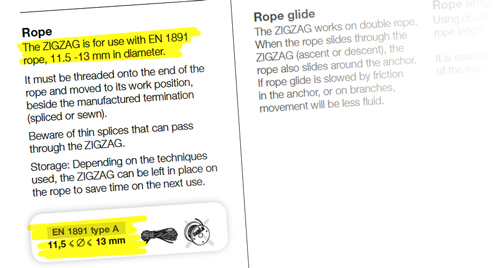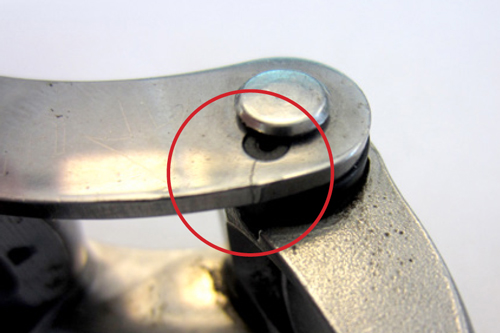Experienced aerial arborists understand a climbing system must be fine-tuned for optimum performance.
To that end, a traditional knot-based configuration offers infinite variables for fine-tuning; friction cord type, diameter and length, sheath and core construction, choice of the friction hitch (knot), diameter of climbing line etc.

Unlike ropes, mechanical devices do not offer the same degree of tolerance. For example, if the device has a 12mm hole then it will not accommodate a 13mm rope.
And, most mechanical devices cannot be ‘dialled-in’ for optimal performance – when using such a device the only variable a tree climber has to work with is in the diameter and construction of the climbing line itself.
The appearance of cracks in six 2014 Petzl ZigZag worldwide (one from New Zealand) has got users questioning the device and how it works.
A common thread we are hearing at Treetools is the amount of vibration you get on descent when the Petzl ZigZag is combined with different climbing lines – some work perfectly well and others are virtually useless.
Anecdotal evidence suggests if the rope is too thin, that is outside of Petzl’s specification of 11.5mm diameter, you are bound to get severe vibration running through the device on descent.

But the vibration can also occur with climbing lines inside the Petzl spec, in particular, when using 16-strand ropes.
The knobbly sheath of the 16-strand line sets the Petzl ZigZag links into rapid motion not unlike the effect on a vehicle travelling over rutted corrugations on a metal road – and we all know the result of this kind of vibration on even the toughest of vehicles.
The cracked link on the Petzl ZigZag is at the very end of the ‘chain’ so, in theory at least, this link will receive the highest concentration of vibration. Perhaps, over a period of time, this is enough to fatigue the metal to cracking point?
This might also explain the randomness of the problem – the crack could be entirely dependent on the climbers’ configuration (choice of climbing line) and amount of climbing hours undertaken.

